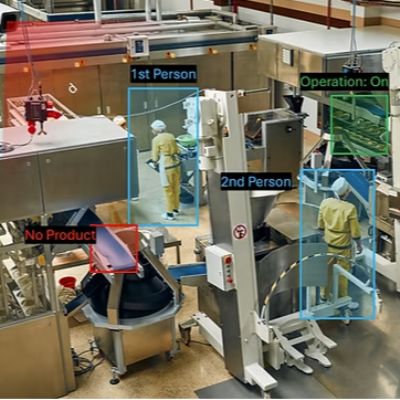Researchers See Inner Workings of AM Process; Seek Better Predictive Models
November 3, 2017Comments
Several challenges exist in moving additive manufacturing (AM) to the manufacturing mainstream. To address those challenges, scientists from the U.S. Department of Energy’s (DOE’s) Argonne National Laboratory, Carnegie Mellon University and Missouri University of Science and Technology are investigating the entire 3D-printing process, including the material properties of the metal powders and how the laser shapes those powders into the desired components, to discover both how defects form and methods to avoid them.
For the first time, scientists recently peered inside materials in real-time during the 3D-printing process. As the laser prints metal components, researchers have a front-row seat to its inner workings via the intense synchrotron X-rays at the Advanced Photon Source, a DOE Office of Science User Facility located at Argonne.
“The laser-metal interaction happens very quickly,” says Argonne physicist Tao Sun. “Fortunately, we captured the process at 50,000 frames/sec. using a high-speed X-ray instrument. We can study the resulting movie frame-by-frame to examine how the material’s microstructure, especially defects and pores, form.”
The team showed that it can observe and quantify many metal 3D-printing characteristics, including melt-pool size/shape, powder ejection, solidification, porosity formation and phase transformations.










